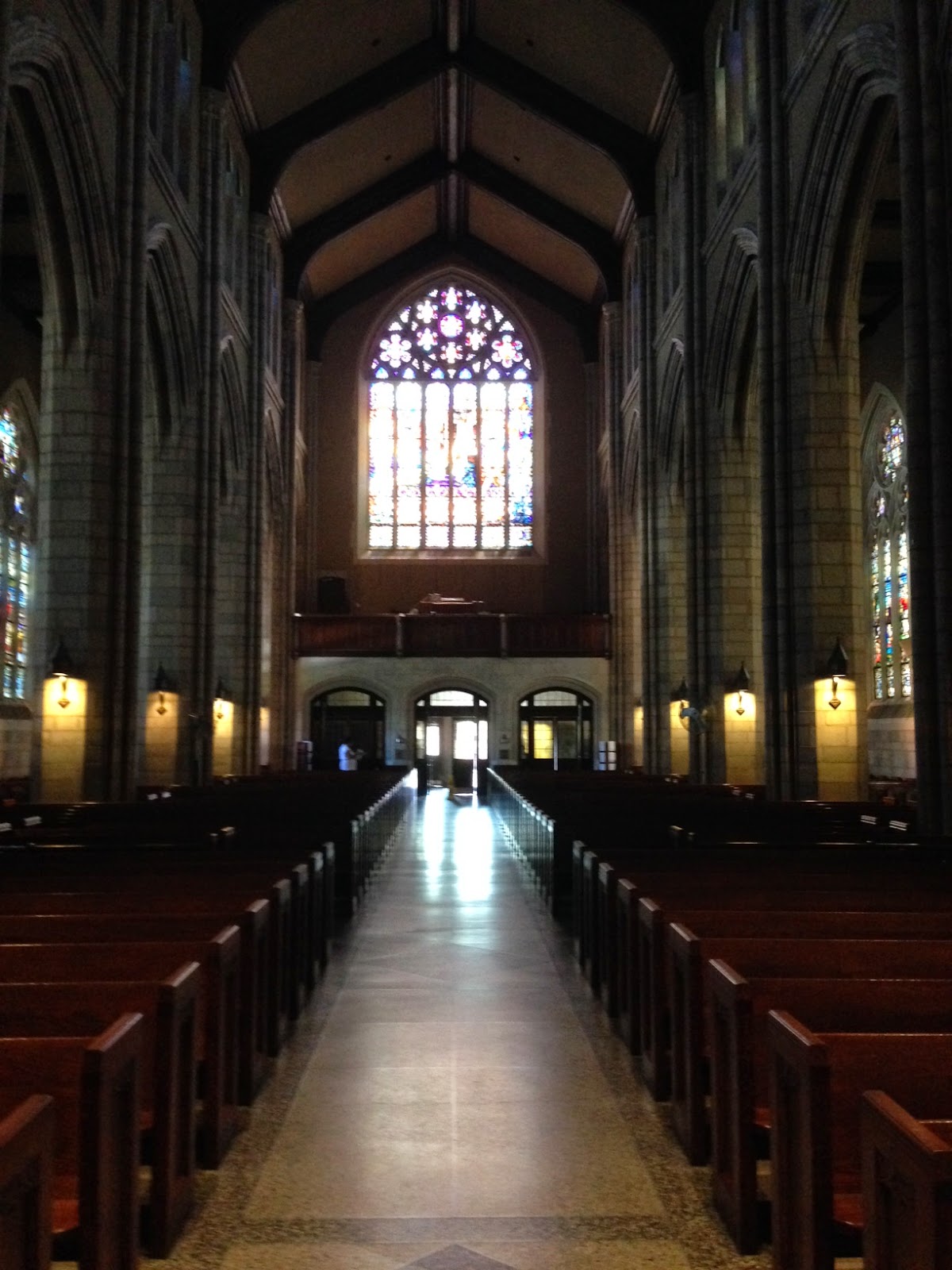Saint Martha, whom the Church's calendar commemorates today, engaged Jesus in one of his most famous dialogues, first reprimanding him for showing up late for her brother's funeral, then eliciting from him the powerful proclamation, I am the resurrection and the life; whoever believes in me, even if he dies, will live, and anyone who lives and believes in me will never die. In response to that, Martha made her great profession of faith, for which she is so especially honored and remembered today: Yes, Lord. I have come to believe that you are the Christ, the Son of God, the one who is coming into the world.
For centuries the standard Gospel reading at most Catholic funerals, this account (John 11:19-27) has solidified Martha's status not only as one of Jesus' intimate friends, but as a disciple and an evangelizer. Yet, for most people perhaps, the Martha story which has had the deepest impact upon her reputation is the account of one of Jesus' other visits to her home, at which she provided hospitality for him and his disciples but also remonstrated with him about her sister Mary's not helping out with the household chores (Luke 10:38-42). In John's account of Jesus' dining in Bethany at the home of Martha, Mary, and Lazarus (John 12:1-11), while there is no suggestion of any complaint on Martha's part, again it is Martha who does the serving, while Mary steals the spotlight by anointing Jesus' feet with expensive perfumed oil.
If anything, the very obvious ordinariness of the situation and the ease with which we can all identify with one sister or other in Luke's story has guaranteed its popularity. It has also, unfortunately, allowed a certain trivialization - as, for example, the way we used to stereotype one another in seminary as either a Martha or a Mary, the religious analogue perhaps to the traditional categorization of congressmen as either "workhorses" or "showhorses."
Ours is a society in which we define ourselves for the most part by our work. Of course, our society honors and rewards wealth much more than work, and there is no connection between work and wealth. But, after wealth, we seem to place the greatest value on our work. For the vast majority, it is work which provides whatever degree of respect our society allows to the non-wealthy. And, inasmuch as work has always been necessary for most people, I think Martha's complaint about her sister must have resonated with most people as just commonsense. Of course, there is more to life than work, but the work has to get done!
I'm sure Jesus and his disciples wanted their dinner! So I think they valued Martha's efforts to be hospitable. (Certainly, the Church has seen Saint Martha a model of service, a sentiment evident in today's Collect. And it is no accident that the Vatican hotel - where the Pope presently lives - is named for her, Domus Santae Marthae.) Of course, Jesus' response to Martha's complaint can be heard primarily as praise of Mary for choosing the better part (and has been so employed for centuries to prioritize contemplative over active religious life), but at the same time I think that Jesus was not criticizing Martha so much as offering her some helpful advice about her priorities: Martha, you are anxious and worried about many things.
Again, Jesus' point wasn't exactly that there is nothing to be anxious and worried about, but that the solution to our anxieties and worries is not in intensified focus on ourselves (what we do when we get anxious and worried, but rather a redirected focus on him - just as later on, at Lazarus' tomb, Jesus would refocus Martha's attention away from her frustrations about the schedule and onto him as the resurrection and the life















